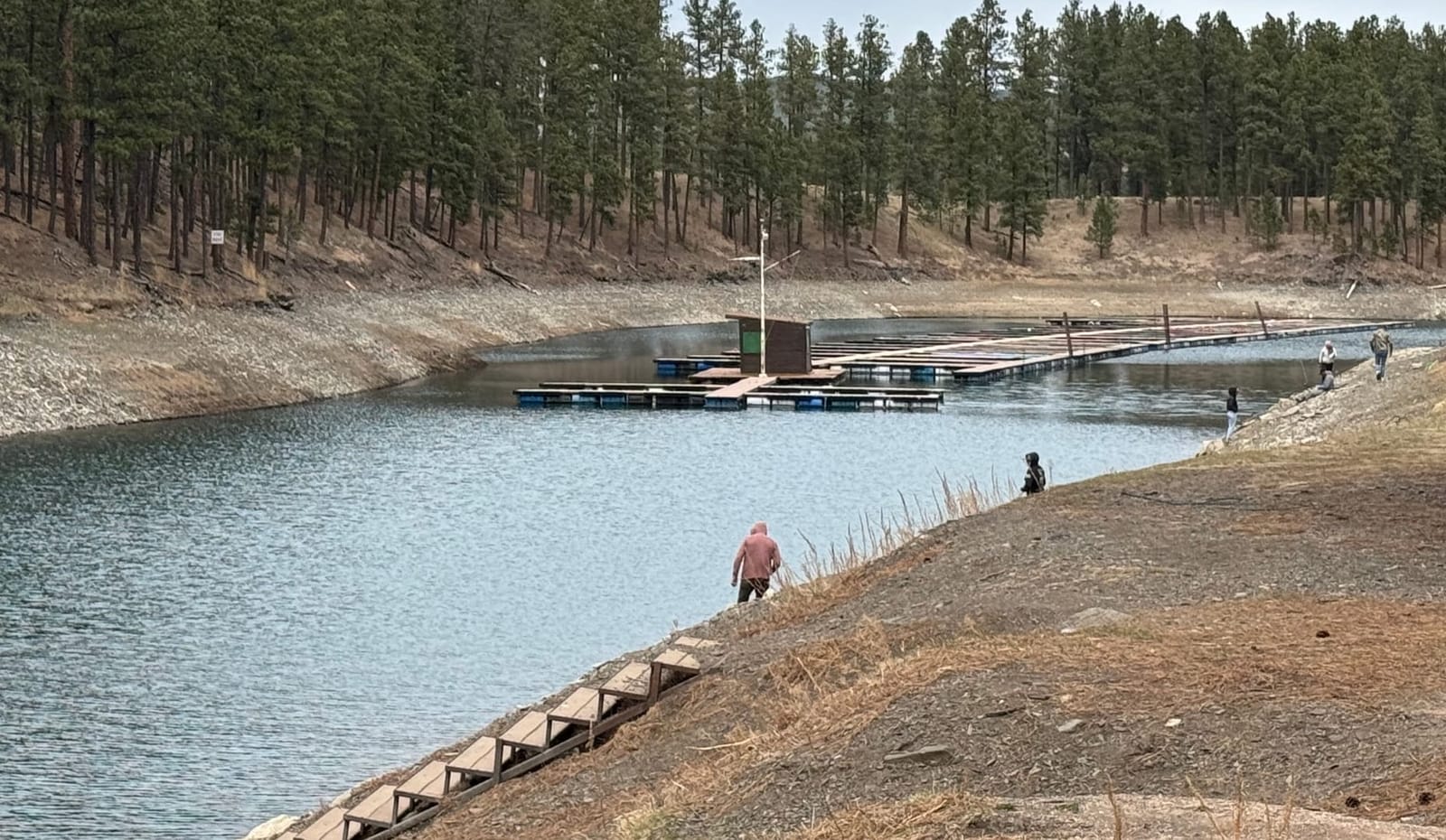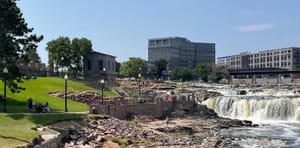PACTOLA RESERVOIR, S.D. – Water levels in this major source of drinking water for Rapid City were so low this spring that city leaders implemented water-use restrictions weeks earlier than normal and the state delayed installation of public boat docks.
Lingering drought conditions and low levels of inflow from sources that feed the Pennington County reservoir were the main culprits for the water shortage.
While heavy and consistent rains in July and August have bolstered water levels in Pactola, the spring shortage was a cautionary sign for officials who monitor water availability and for city residents who rely on the water.
Now, in another concerning development, a new in-depth federal hydrology study of the entire Black Hills region indicates that some of the aquifers that supply water to this growing region of western South Dakota are not keeping up with demand.
The study of water availability in six bedrock aquifers in the Black Hills was completed by the U.S. Geological Survey (USGS) and published on July 30. The report showed that water use within some of the six "sub-aquifers" in the Black Hills is outpacing the rate at which the aquifers are refilling.
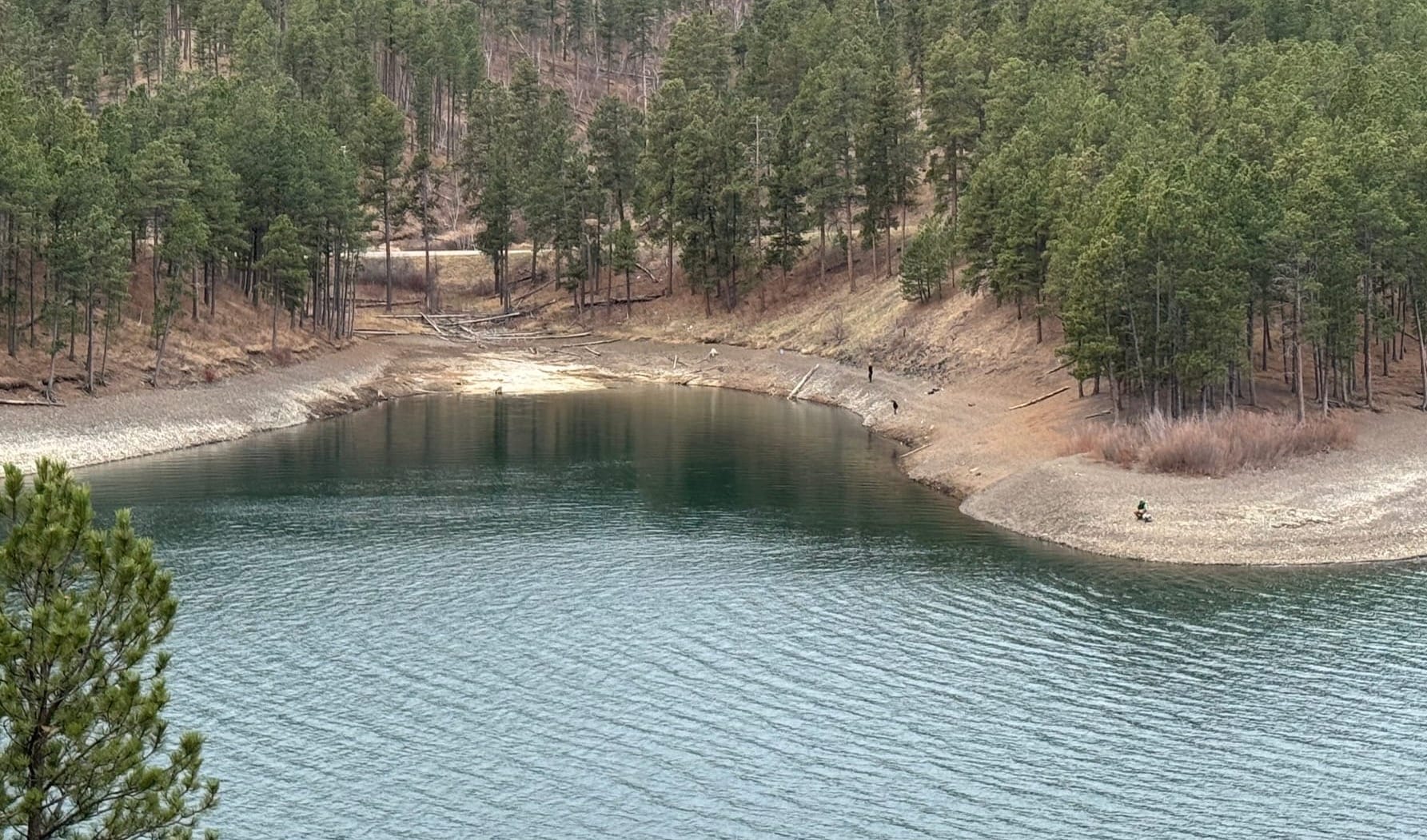
James Jones, a senior project manager with AE2S, an engineering firm that works on water issues in South Dakota, said the portions of the Madison and Minnelusa aquifers that showed water deficiencies were in the most populated and highest growth areas of the Black Hills. Those areas, Jones said, stretched roughly from Box Elder on the east through Rapid City and Summerset to Sturgis on the west.
"We're going to have a much higher population and higher draw on those resources, so we have some concerns because we're already exceeding the recharge rate in those areas," Jones said. "We don't feel that this level of growth and use of the Madison (aquifer) is sustainable."
Report bolsters argument for Missouri pipeline
The new USGS report adds further fuel to ongoing efforts to build a $2 billion pipeline from the Missouri River to numerous destinations in western South Dakota.
Join other South Dakotans and support statewide storytelling.
Discussions have taken place for several years on the idea of building a pipeline to bring water to the fast-growing region of western South Dakota anchored by Rapid City and the Black Hills.
The concept picked up steam in late 2019 when the Western Dakota Water Development District received results of a study it commissioned by the South Dakota School of Mines.
The report showed that water availability in the Black Hills region would not meet current demand during a drought and eventually will not meed demand in an average rainfall year. The study also concluded that a pipeline from the Missouri River was a valid option.
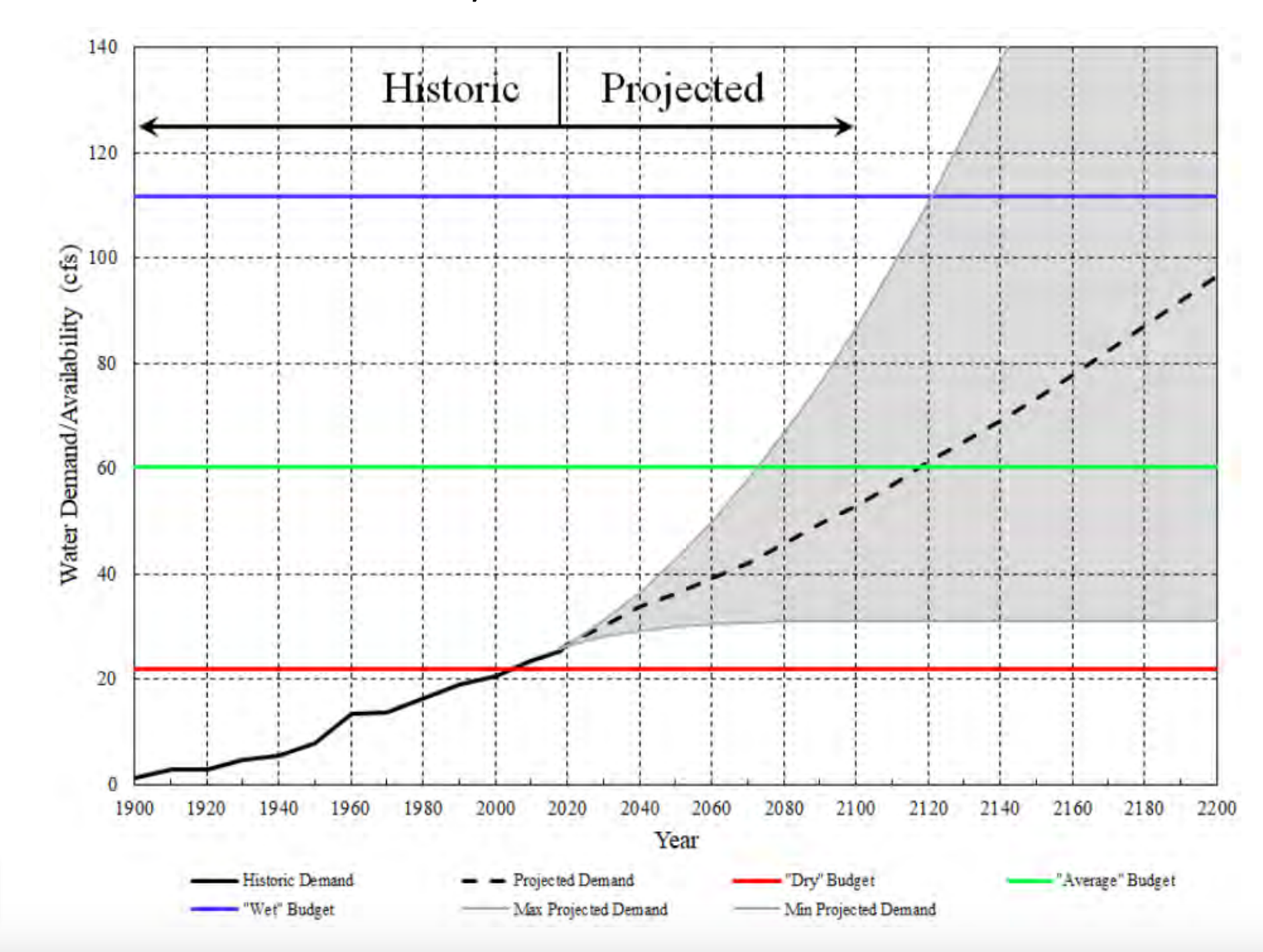
“Based on current use and water demand projections, the region’s ability to provide water during drought conditions without utilizing surface water and groundwater storage is limited and will worsen as population increases,” the study concluded. “While expensive and challenging, it is feasible to transport Missouri River water to the Rapid City region.”
In response to the findings, the nonprofit Western Dakota Regional Water System (WDRWS) was formed in September 2021 to actively pursue the data, political support and funding to make the pipeline project a reality.
In the spring of 2022, the WDRWS received a big boost in its efforts when the South Dakota Legislature approved $8 million in grant funding from the American Rescue Plan Act enacted by the Biden administration to develop engineering and feasibility reports.
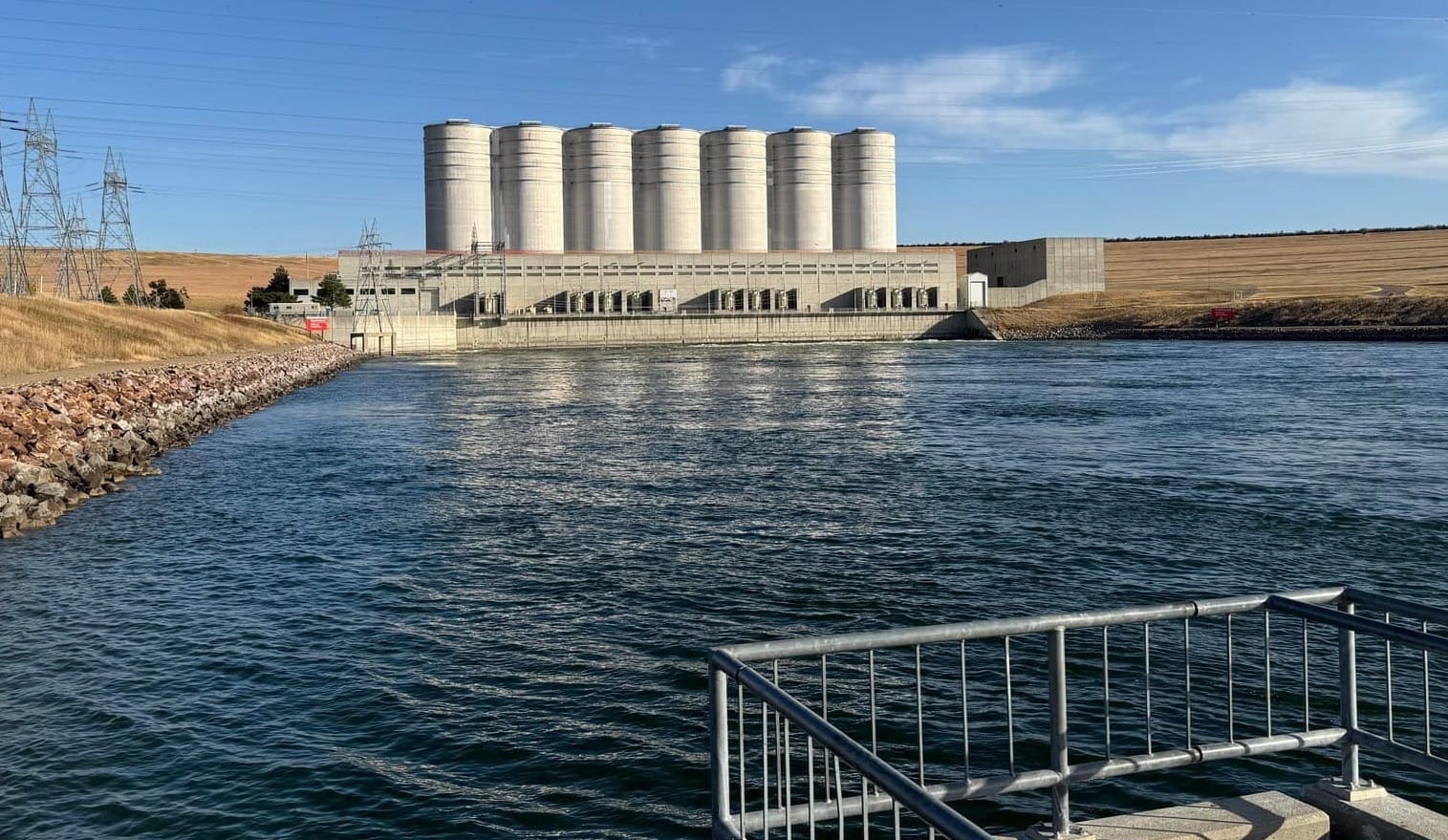
In each of the following years, championed by state Sen. Helene Duhamel of Rapid City, the system has received another $1 million to further pursue studies needed to support the project. Last fall, the South Dakota congressional delegation proposed measures seeking $10 million in matching funds to help pay for a full federal feasibility study required by the federal Bureau of Reclamation to get the project started.
Pipeline would serve much of western SD
Kristin Conzet, a former lawmaker from Rapid City who is now director of the WDRWS, said the current proposal is to build a 161-mile, 72-inch diameter pipeline from the Missouri River with a 2,000 foot elevation lift along the way.
In all, 47 municipalities or water systems from Winner to Fort Pierre to Rapid City have signed on as partners in the project and could receive water from the system once operational, she said.
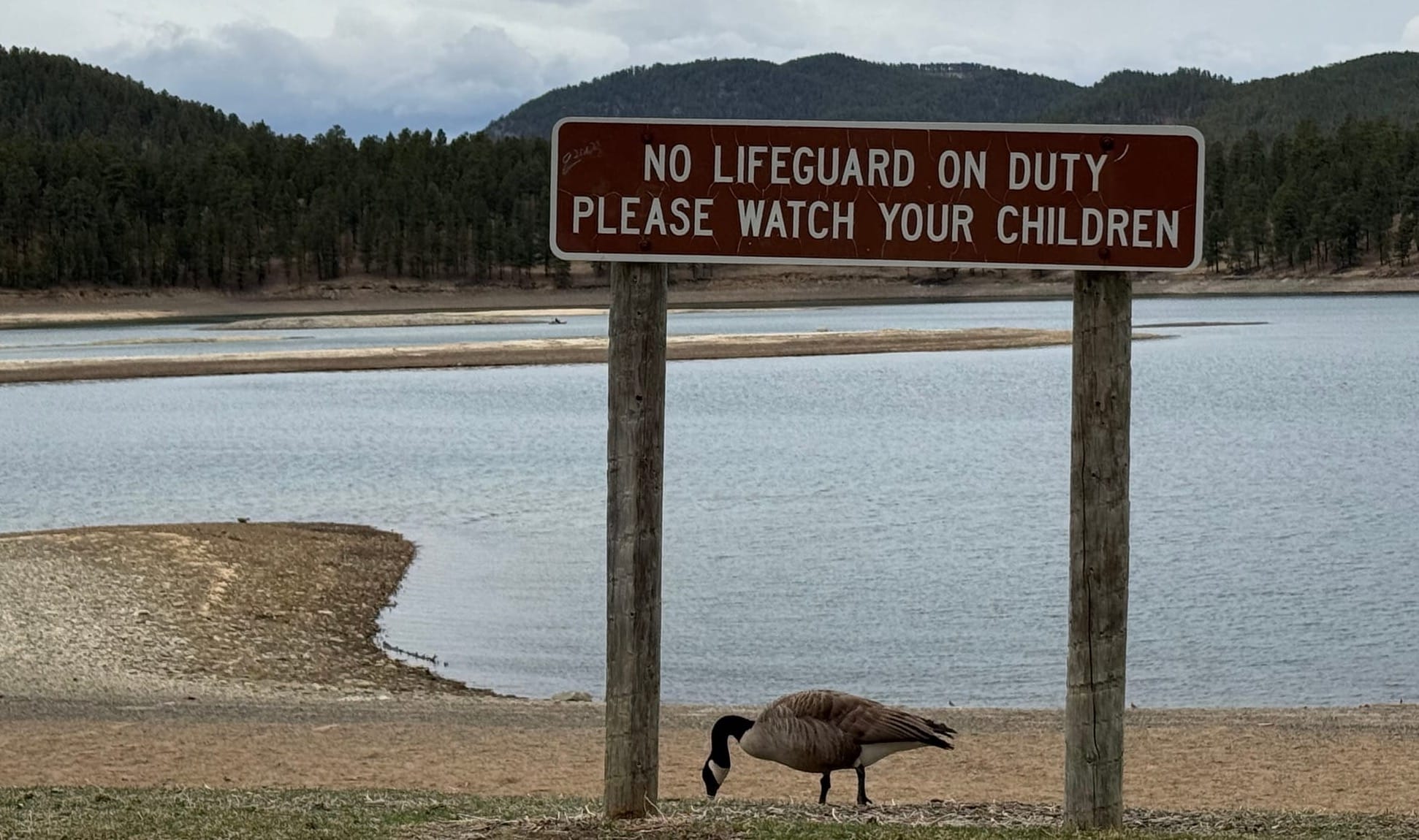
In addition, the nonprofit group is also looking at potential avenues to capture and redistribute groundwater or surface water in the northern and western Black Hills areas that tend to have surplus supplies.
“This is just about proving clean, reliable water in the future” and could take two decades or more of hard work and funding, Conzet told News Watch.
“We’re trying to replicate what seven water systems in eastern South Dakota are already doing,” she said of the Lewis & Clark Regional Water System that launched in 1990 and will pipe Missouri River water to about 350,000 people in South Dakota, Minnesota and Iowa.
“If this project was laid out A to Z, under each letter is 100 things that must be done,” she said. “I wish we could have a big shiny thing to show people right now. But in order to turn the first shovel of dirt, all these things must get done, in order and correctly.”
This story was produced by South Dakota News Watch, an independent, nonprofit organization. Read more stories and donate at sdnewswatch.org and sign up for an email to get stories when they're published. Contact Bart Pfankuch at bart.pfankuch@sdnewswatch.org.

